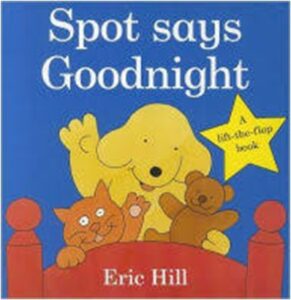
 Reading aloud is a great way of engaging with young children, while also promoting language development and early literacy skills. It is widely accepted that reading aloud is the single most important activity leading to language development and promotes early literacy skills in children; yet, when it comes to reading to children with special needs, recent research indicates that reading instruction in small groups may have more value.
Reading aloud is a great way of engaging with young children, while also promoting language development and early literacy skills. It is widely accepted that reading aloud is the single most important activity leading to language development and promotes early literacy skills in children; yet, when it comes to reading to children with special needs, recent research indicates that reading instruction in small groups may have more value.
According to researcher H. Lee Swanson, Ph.D., Professor of Educational Psychology at the University of California at Riverside, “Traditionally, one-on-one reading instruction has been considered optimal for students with [learning disabilities]. Yet we found that students with LD who received reading instruction in small groups (e.g., in a resource room) experienced a greater increase in skills than did students who had individual instruction.” (ReadingRockets.org)
When it comes to children with Autism, some of whom may have a co-occurring “learning disability”, many children with ASD can decode and read fluently (hyperlexia) but have difficulty understanding what they read. With this in mind, and in conjunction with the research mentioned above, it may be helpful to do both: spend time alone and in a family group when reading to children with special needs.
After all, if you’re a parent or guardian who finds yourself in such a situation, you are searching for whatever works. It makes sense, then, to try alternatives, especially if there is science-based evidence to suggest that a new approach may be more effective – or at least offers the potential to be.
So, how would “family reading time” work?
 I would suggest designating one family member as the leader of the group. He or she would stay close to the child with special needs, sharing the book and pointing to pictures while other family members take turns reading aloud. This would likely require two copies of the material being used; one for the current reader and one for the leader to share.
I would suggest designating one family member as the leader of the group. He or she would stay close to the child with special needs, sharing the book and pointing to pictures while other family members take turns reading aloud. This would likely require two copies of the material being used; one for the current reader and one for the leader to share.
As mentioned in a previous post: Sometimes, “reading” to your child is simply describing the pictures in a book without following the written words. Choose books that are sturdy and have large colorful pictures that are not too detailed, these are sometimes called board books.
Two wonderful examples of such books would be: Spot the Dog series and The Very Hungry Caterpillar.
This setting is a wonderful opportunity for the group leader to help your child to search for and discover word patterns and to identify key passages. Doing this will increase comprehension, while also helping your child to identify speech which may sound different from each member of the group, even though the meaning of the words will not change.
This type of modeling, combined with directed responses and questioning, are important steps toward learning when reading to children with special needs.
To learn more about how to improve communication with children with special needs, specifically children with ASD, my book may be helpful: Let’s Talk: Navigating Communication Services and Supports for Your Young Child with Autism.